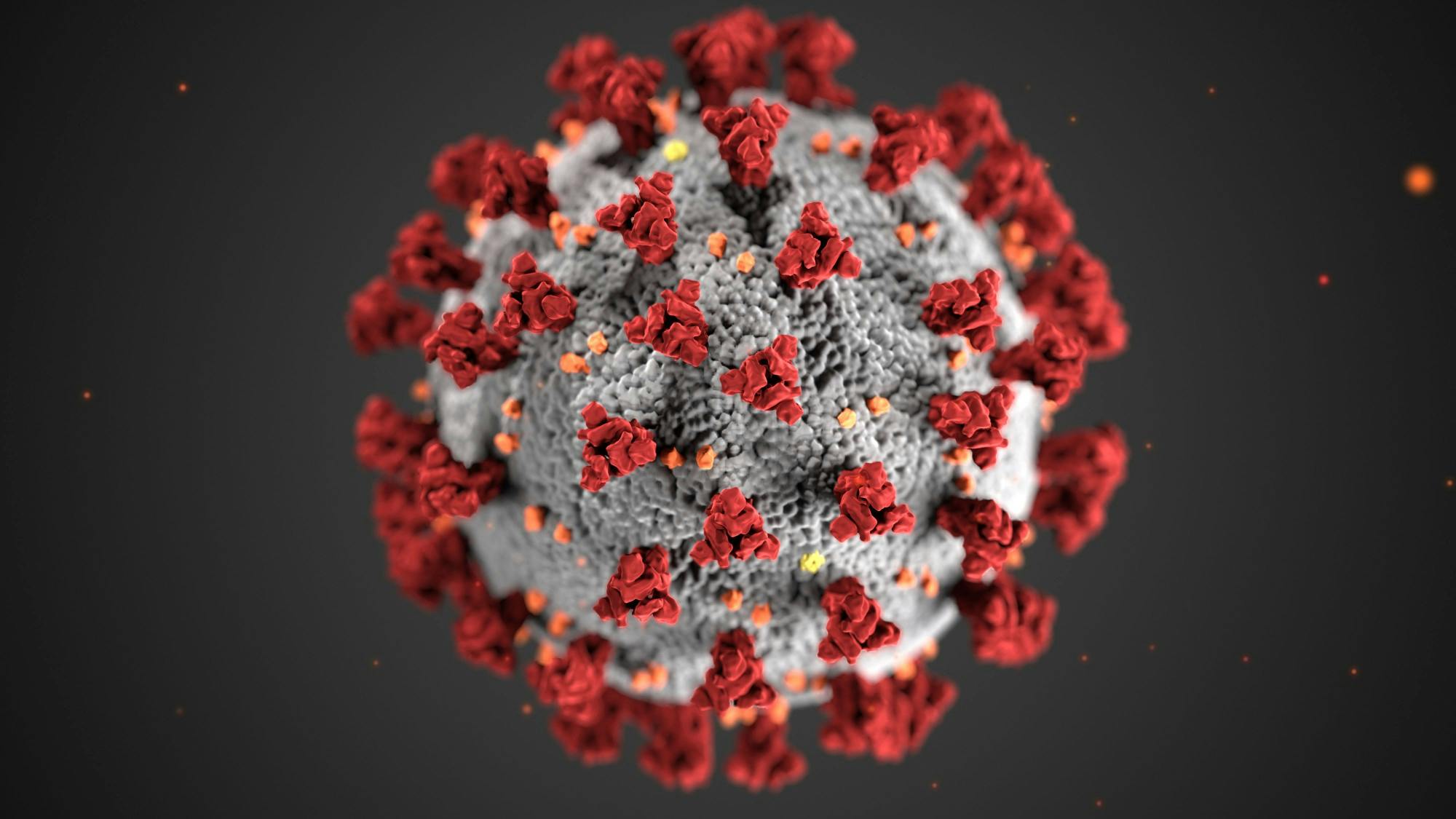Michigan's health experts reject claims of COVID-19 spread before the state announced its first cases, despite the assurance of some with flu-like symptoms.
The Centers for Disease Control and Prevention (CDC) has been closely monitoring the outbreak of the coronavirus since before it hit the U.S.
The CDC's website describes public health surveillance as an ongoing, systematic collection, or analysis and interpretation of health-related data that is essential to the planning, implementation and evaluation of public health practices.
They have seven goals for nationwide surveillance:
- Monitor the spread and intensity of the COVID-19 disease in the U.S.
- Understand disease severity and the spectrum of illness.
- Understand risk factors for severe disease and its transmission.
- Monitor for changes in the virus that causes COVID-19.
- Estimate disease burden.
- Produce data for forecasting COVID-19 spread and impact.
- Understand how COVID-19 impacts the capacity of the U.S. healthcare system, such as the availability and shortages of key resources.
The CDC is utilizing multiple different systems for public health surveillance. All are run in partnership with state, local, territorial and even academic level agencies.
The systems draw from other existing non-communicable diseases (NCDs), such as influenza and viral respiratory disease, and their data sources.
Combined, they create an updated and more accurate picture of the COVID-19 spread and its U.S. impacts to provide data that informs the U.S. national public health response, produce publications and inform guidance documents.
The CDC releases a report each Friday called "COVIDView," which summarizes and interprets key indicators and presents information by breakdown of severity type — for example, outpatient vs. emergency department visits, as well as hospitalizations and deaths.
According to Jim Collins, director of the Communicable Diseases Division at the Michigan Department of Health and Human Services (MDHHS), for all reportable communicable diseases, the state relies on data from physician reports and laboratory reports to identify cases.
"If you think about it, with (COVID-19), we were really hamstrung in terms of the availability of laboratory testing early on in the process," Collins said. "The other thing to keep in mind is that this (COVID-19) season we had overlapped with our influenza season and the presentation of the conditions can be very similar."
Collins said the state could not initially test everybody who presented symptoms, and the virus may have been circulating in places like southeastern Michigan more than they were able to detect.
However, this does not mean the virus was introduced earlier than recorded, rather that the transmissions were taking place and the state was, again, unable to test everybody.
Instead, MDHHS made the executive decision to test only the people who they thought they could help with limited resources — those who were non-hospitalized.
Collins reiterated his point, saying that, even when they tested these people, they still did not find any significant, early onset dates or evidence to domestic exposure.
Almost all of the first cases had explanations leading back to foreign travel exposure, Collins said, and it stayed that way until there was evidence of community-spread.
"I've heard anecdotal stories of people who (say) 'I was very sick in December and it must've been COVID-19 because I had the symptoms and presentation,'" Collins said. "The symptoms they described were equivalent to a bad case of influenza as well."
"There is no indication that (COVID-19) was in the U.S. before January, near as we can tell, and there was no indication really that it was circulating broadly in China that early. There's some early detections, but broad circulation wasn't identified (yet)," he said.
The first confirmed cases in Michigan were recorded on March 10, according to MDHHS Public Information Officer Lynn Sutfin.
However, in an article by Live Science, it was reportedly confirmed by the CDC that a coroner had found what they believe to be the earliest coronavirus deaths, logged on Feb. 6 and Feb. 17 in the San Francisco, California Bay Area by two infected individuals who had died in their home.
Support student media!
Please consider donating to The State News and help fund the future of journalism.
Similarly, Live Science also reported that the first detection of the coronavirus was logged on Jan. 19 in Snohomish County, Washington by a middle-aged man in who had just returned from Wuhan, China.
In Ingham County, Michigan the first confirmed cases broke out around Feb. 20, based on when symptoms first started showing rather than when a positive test came back, according to the Ingham County Health Department.
Collins said that there is no possibility of someone in the U.S. having had COVID-19 in December because the events in our country came after those overseas.
The Live Science article said that, "Given differences in the timing of the virus's arrival and the severity of outbreaks so far, the chance that any given respiratory illness in January or February could have been COVID-19 depends on where you live."
Discussion
Share and discuss “Health experts reject claims of U.S. COVID-19 cases in December, January” on social media.







